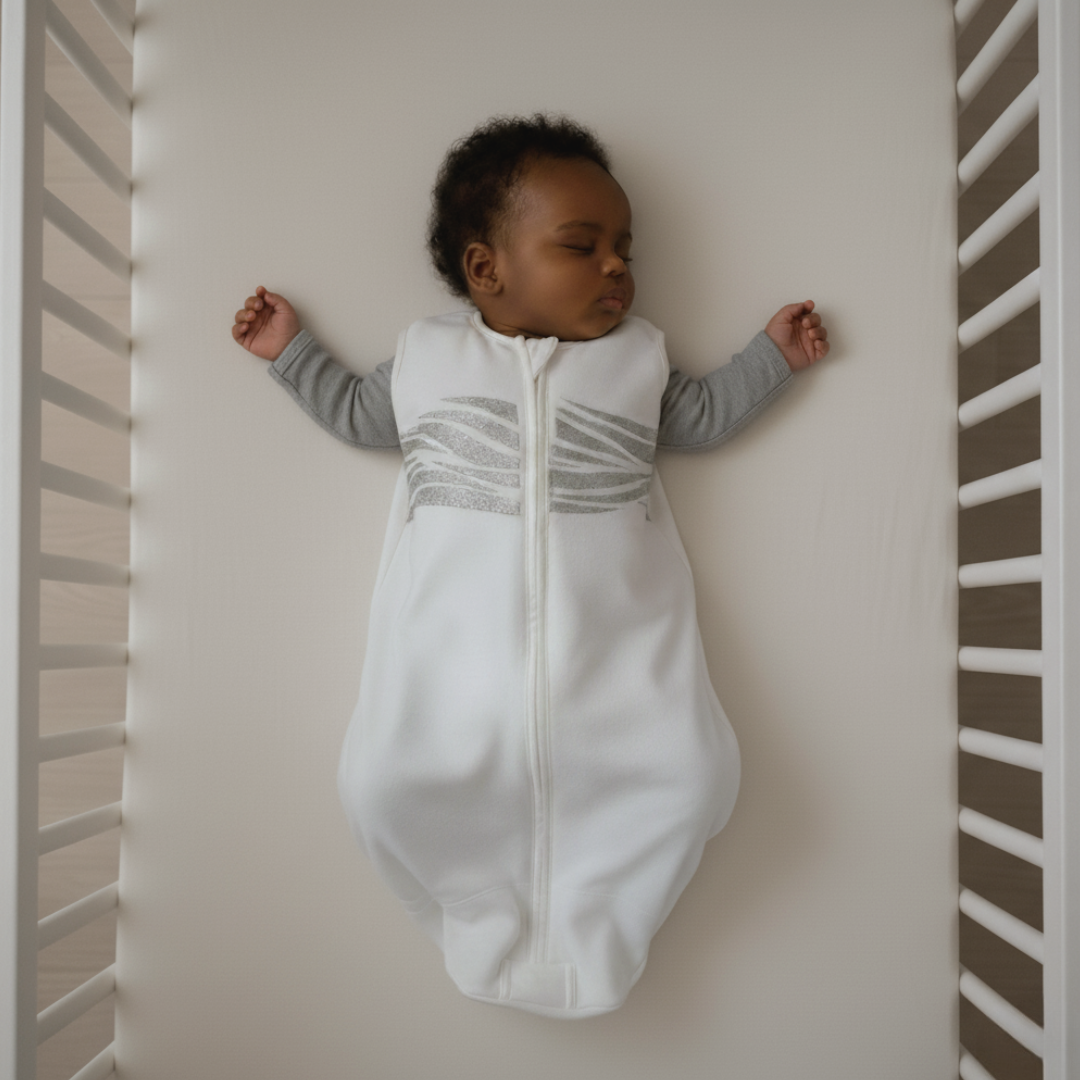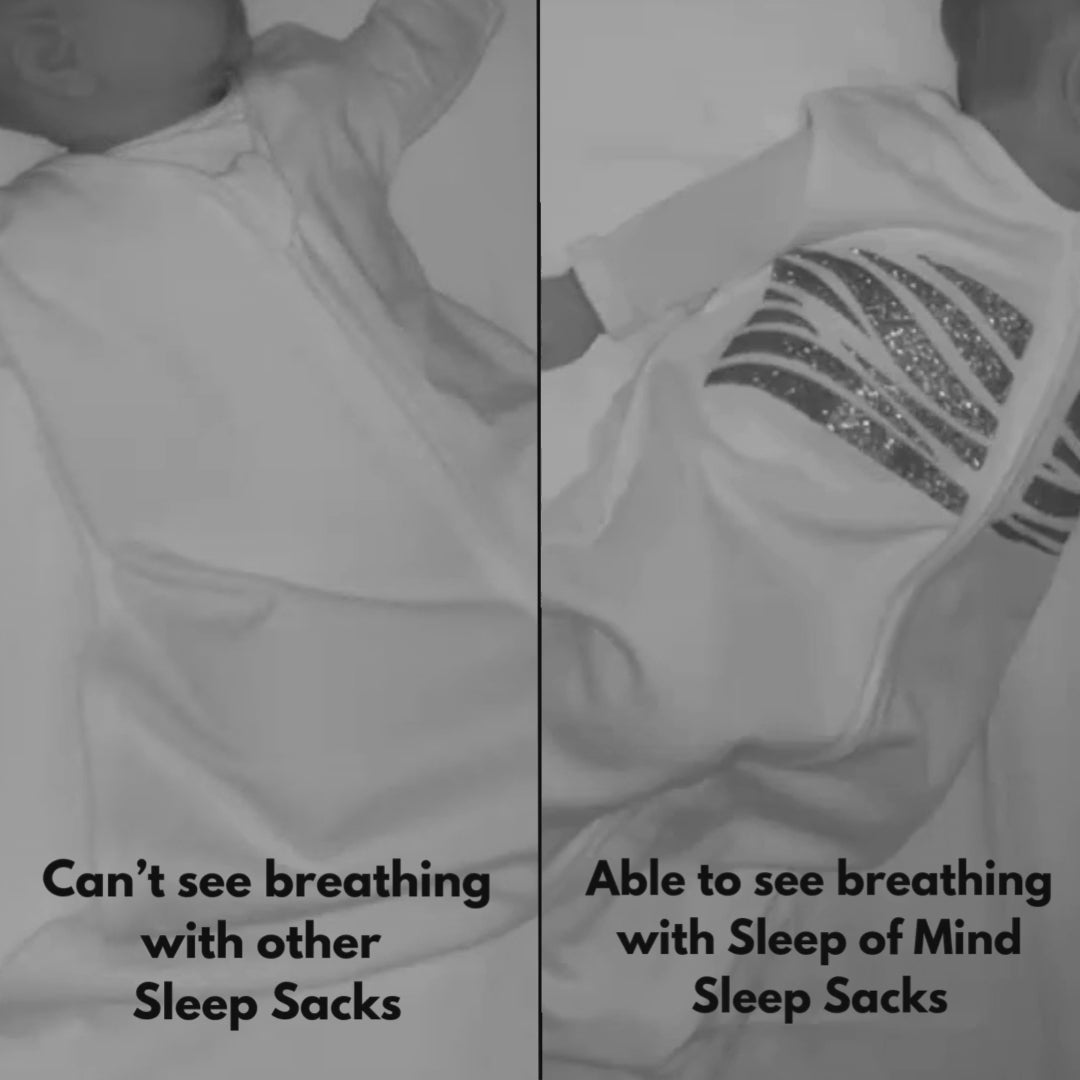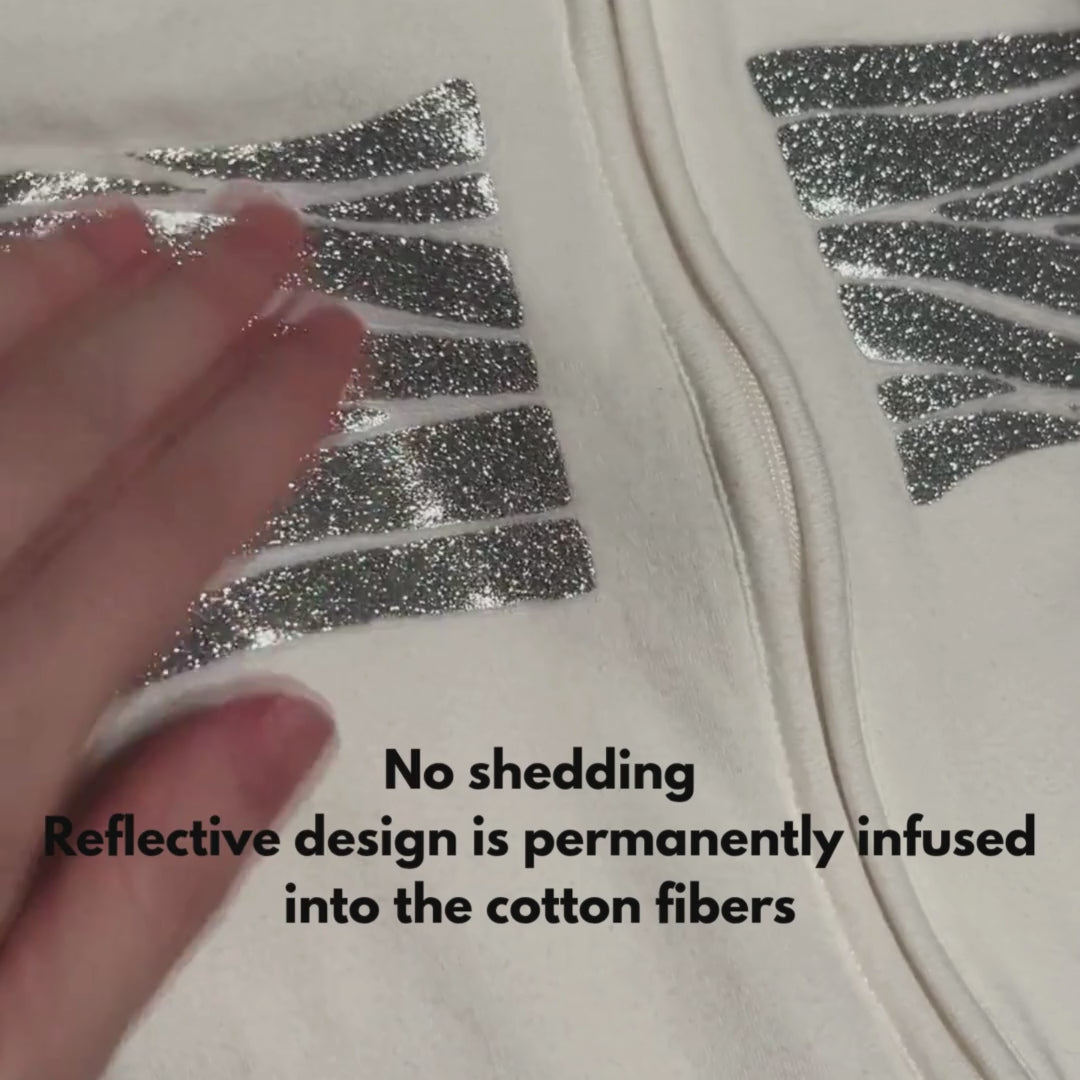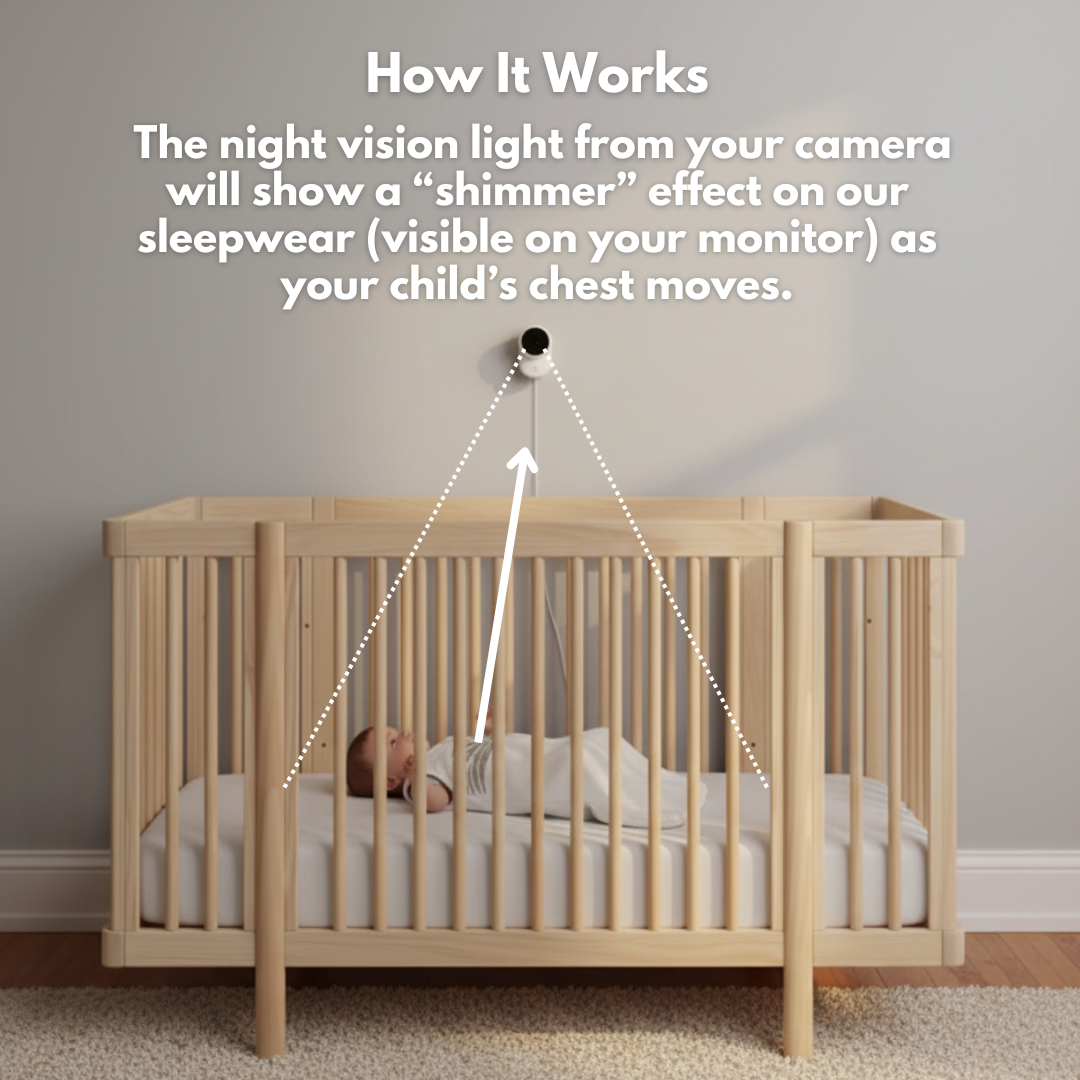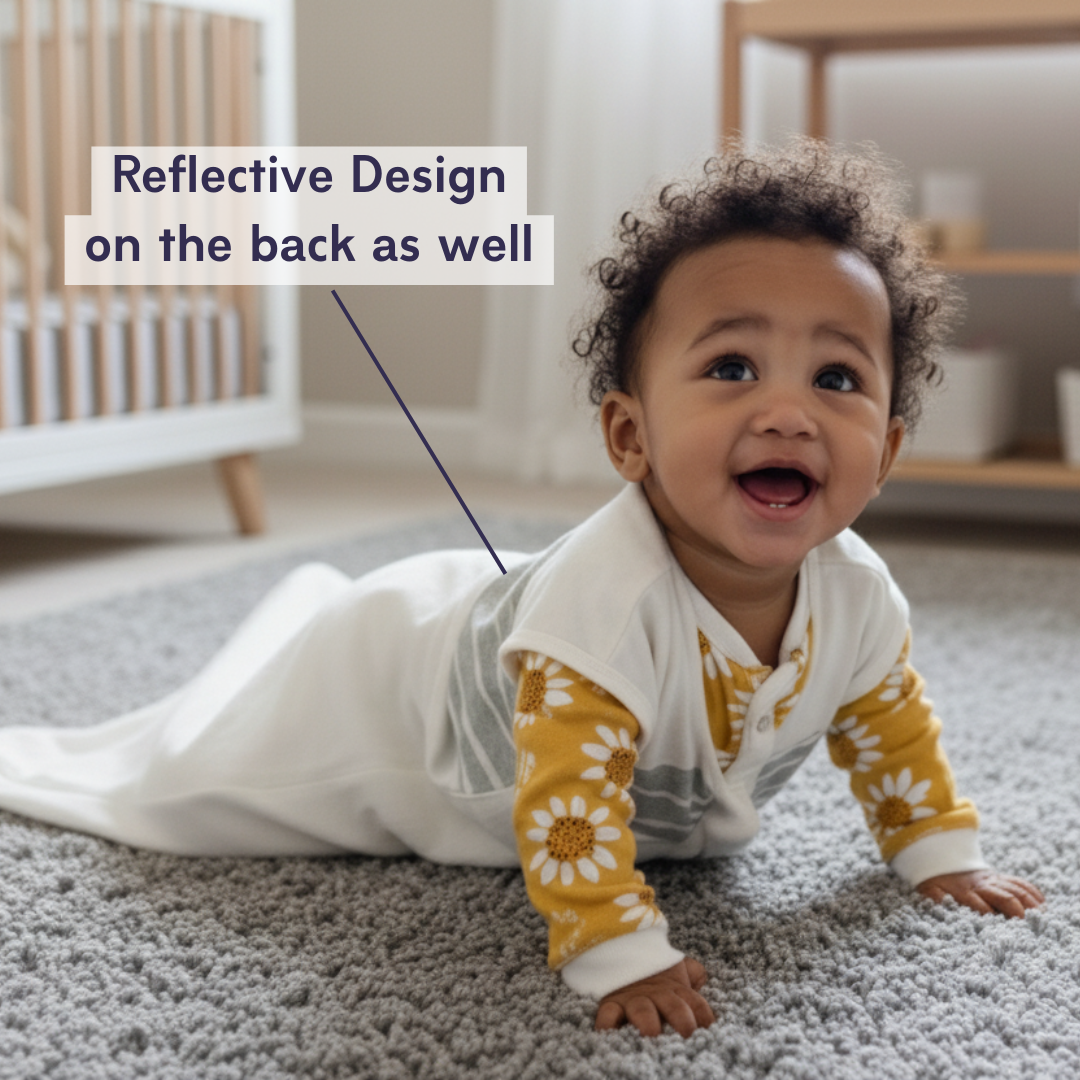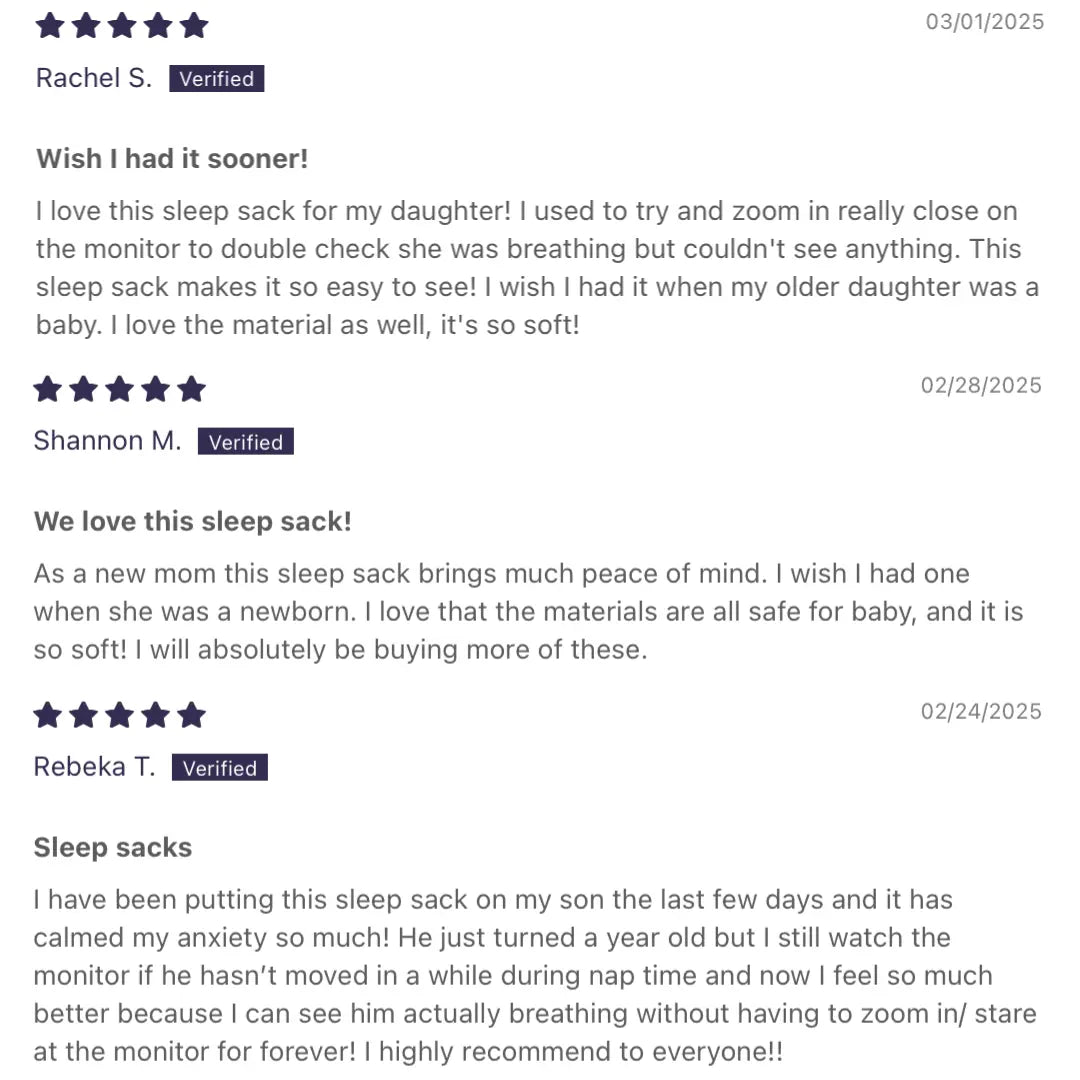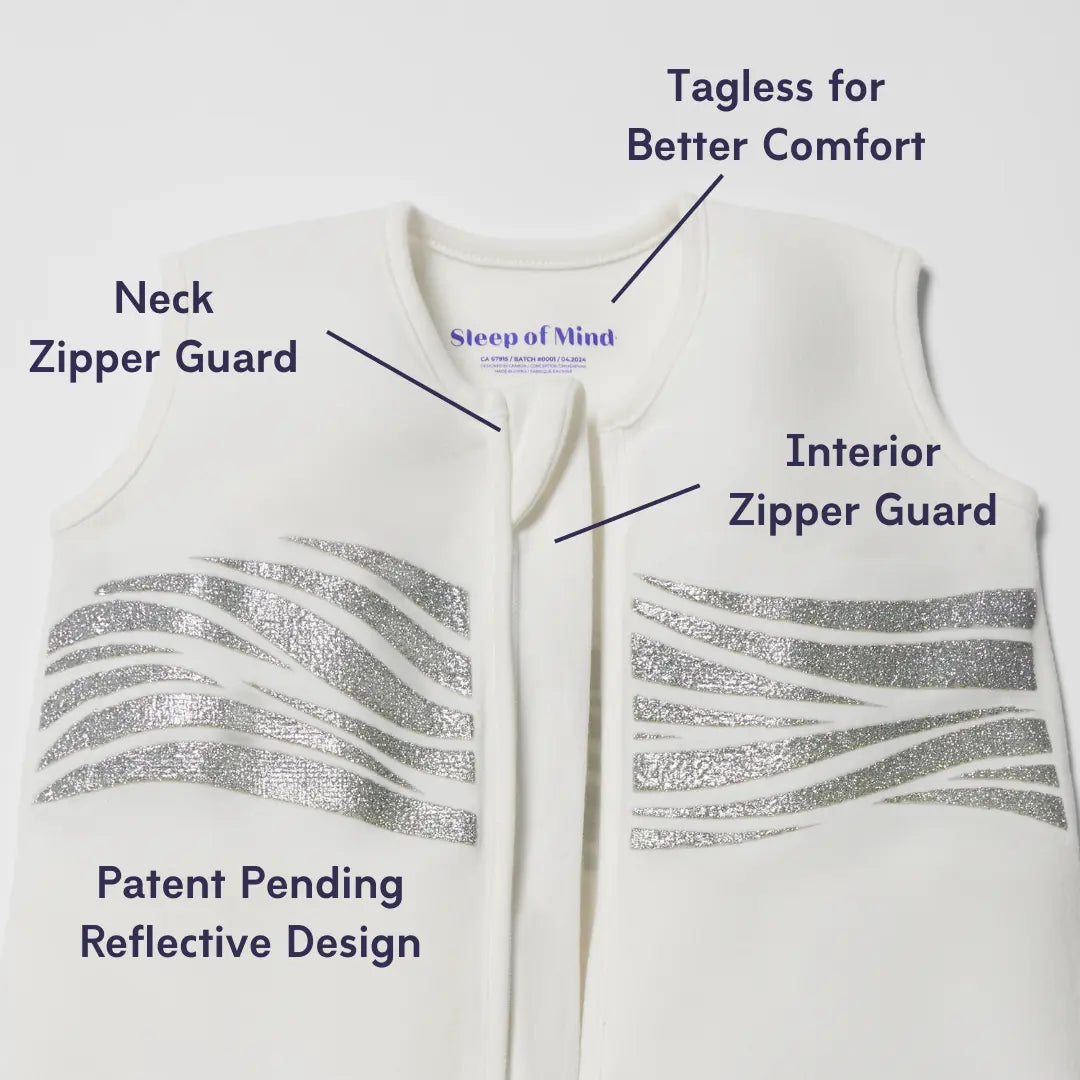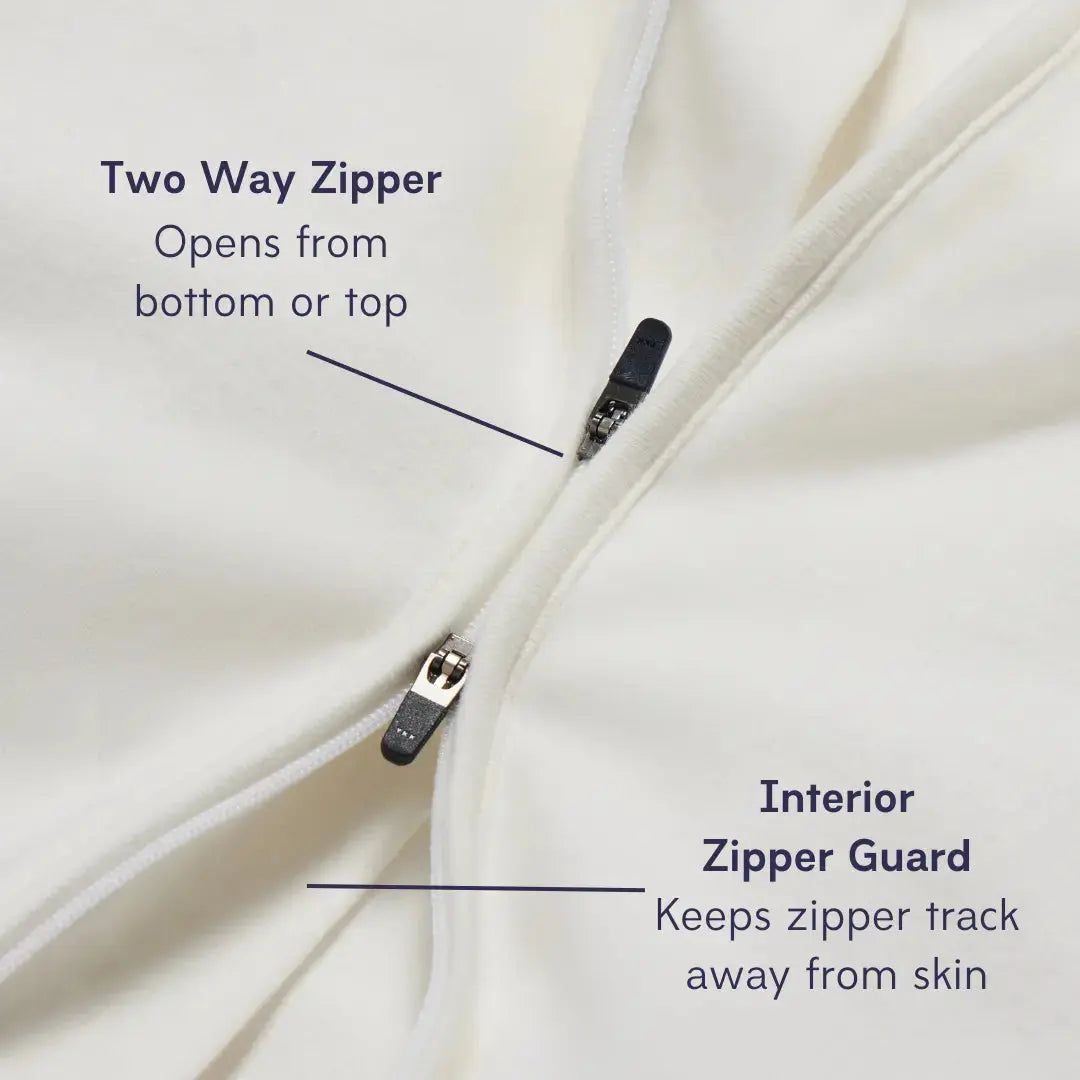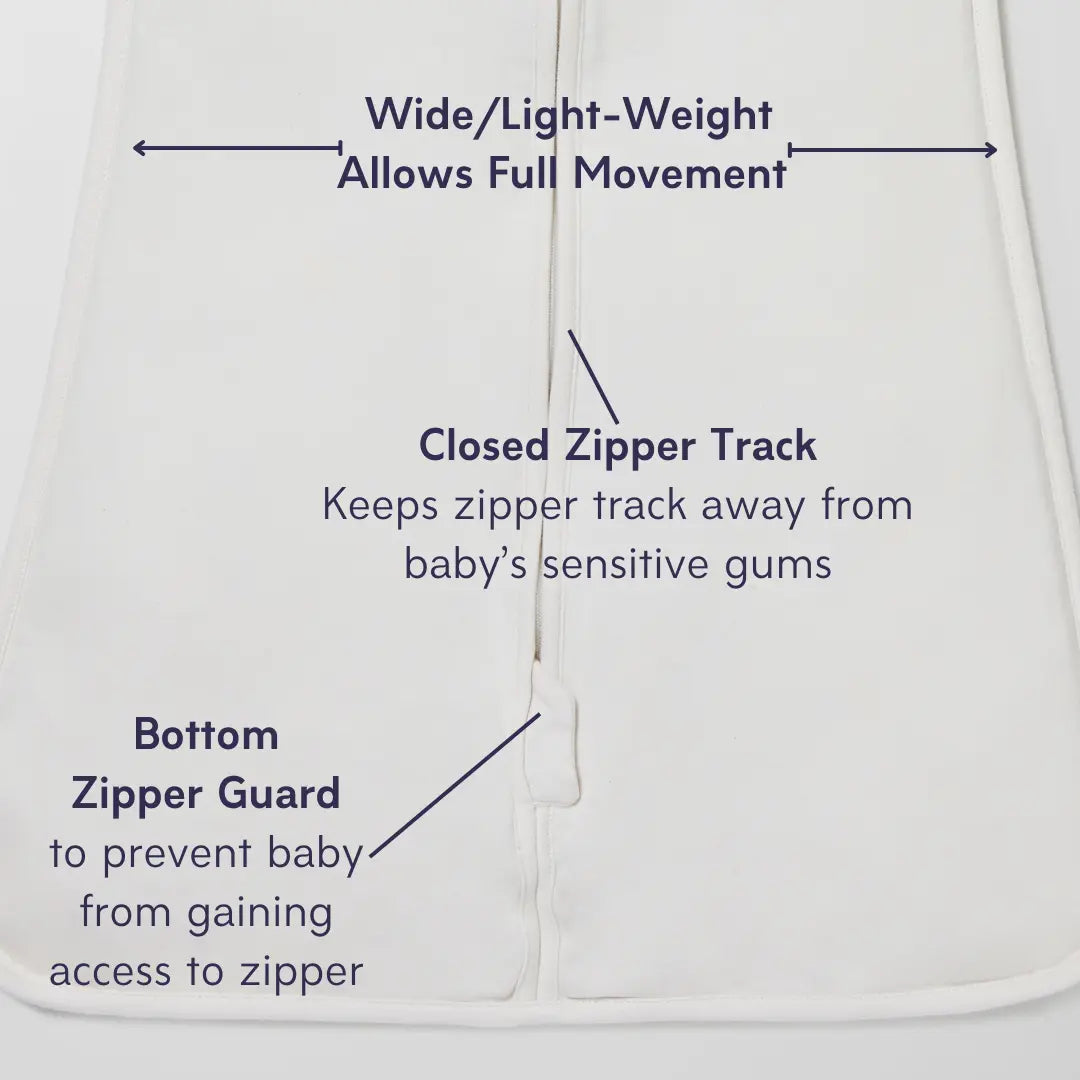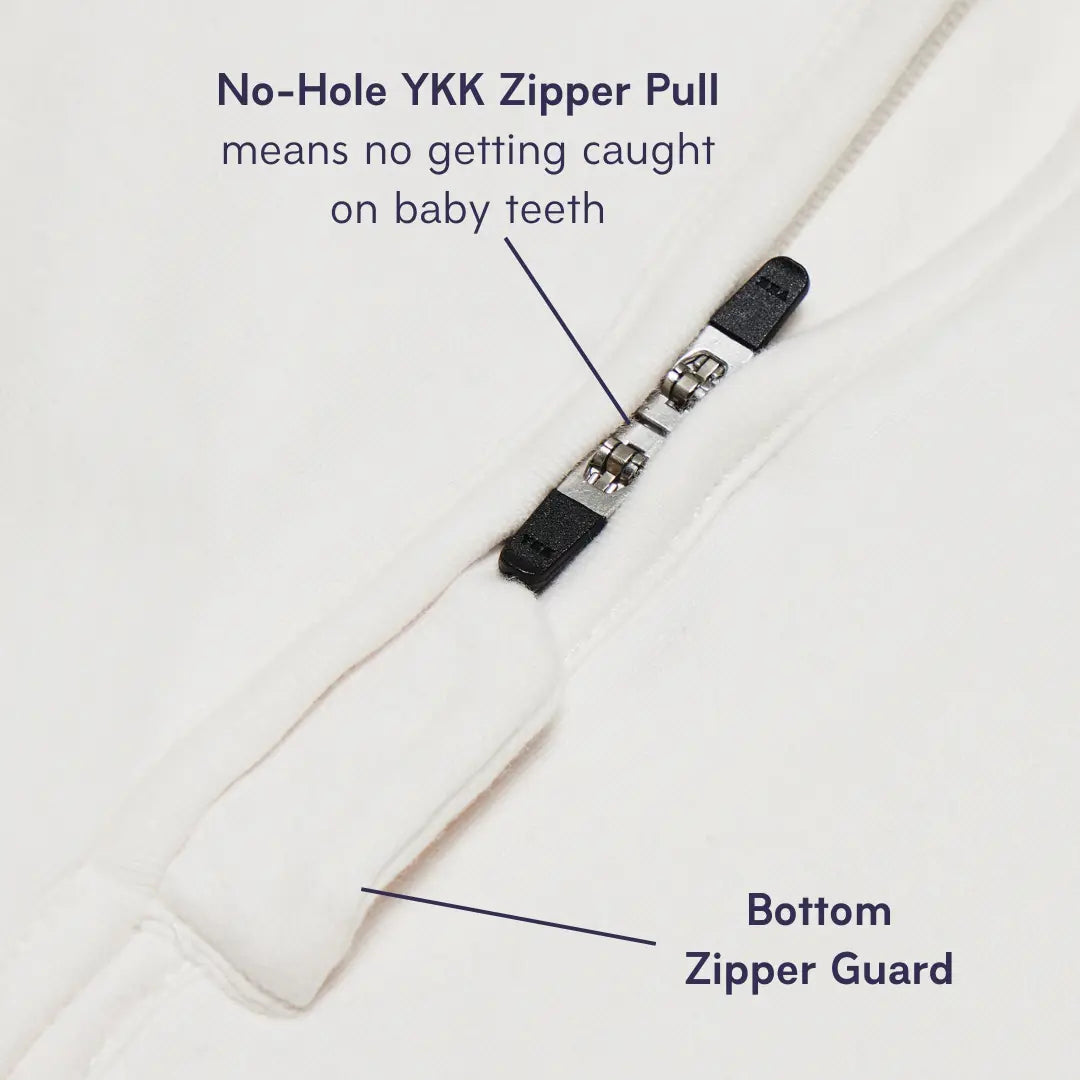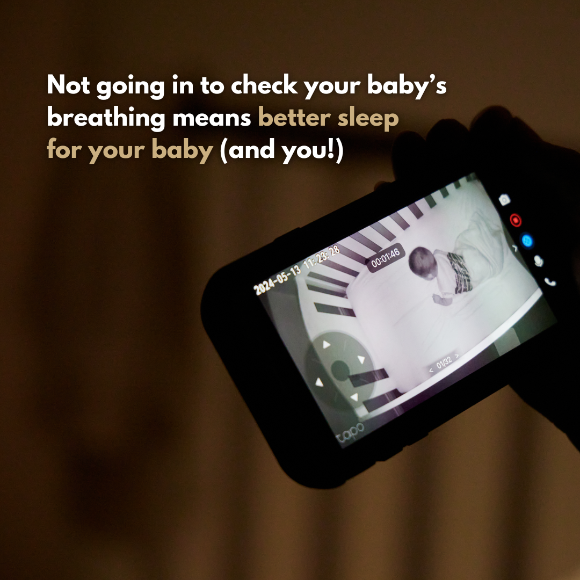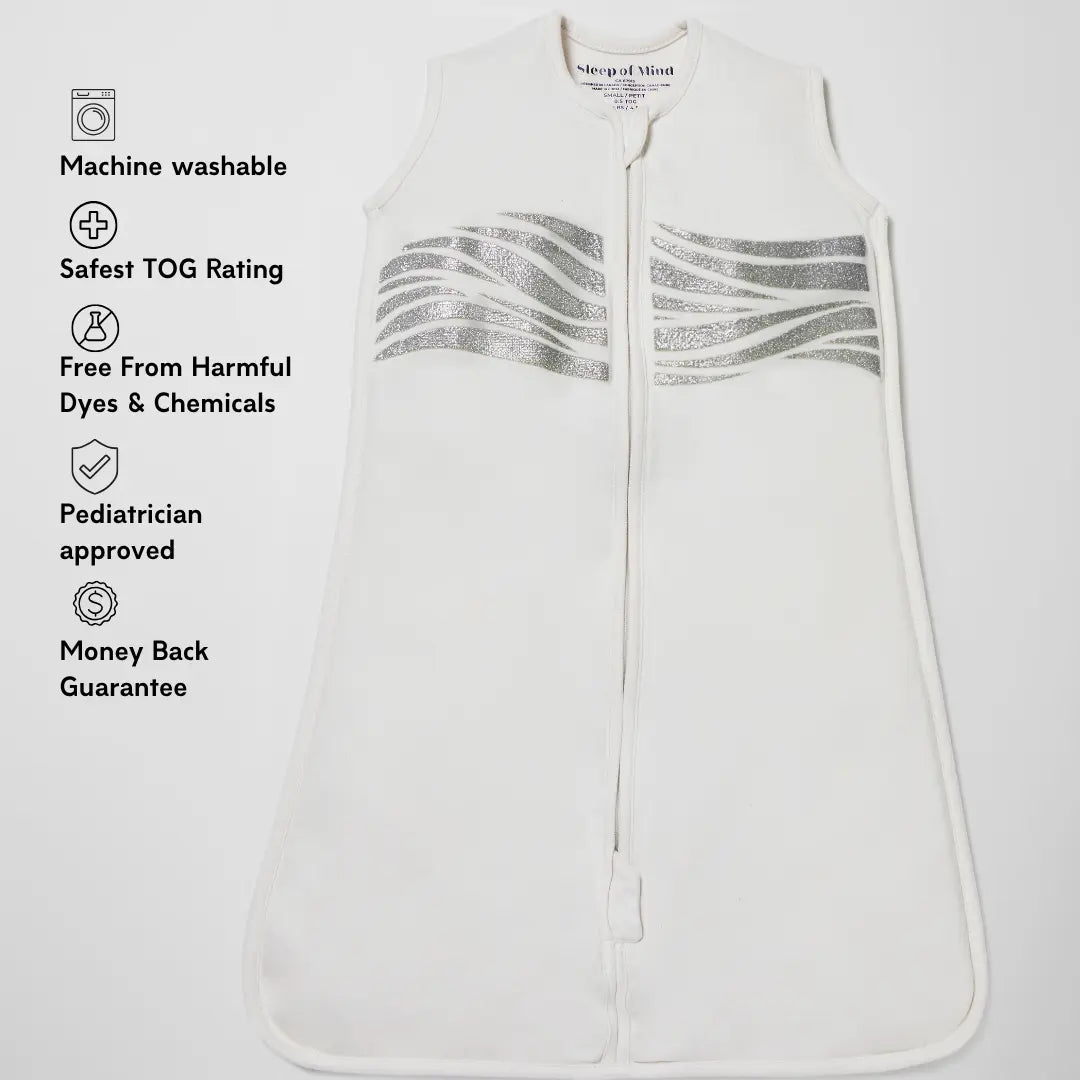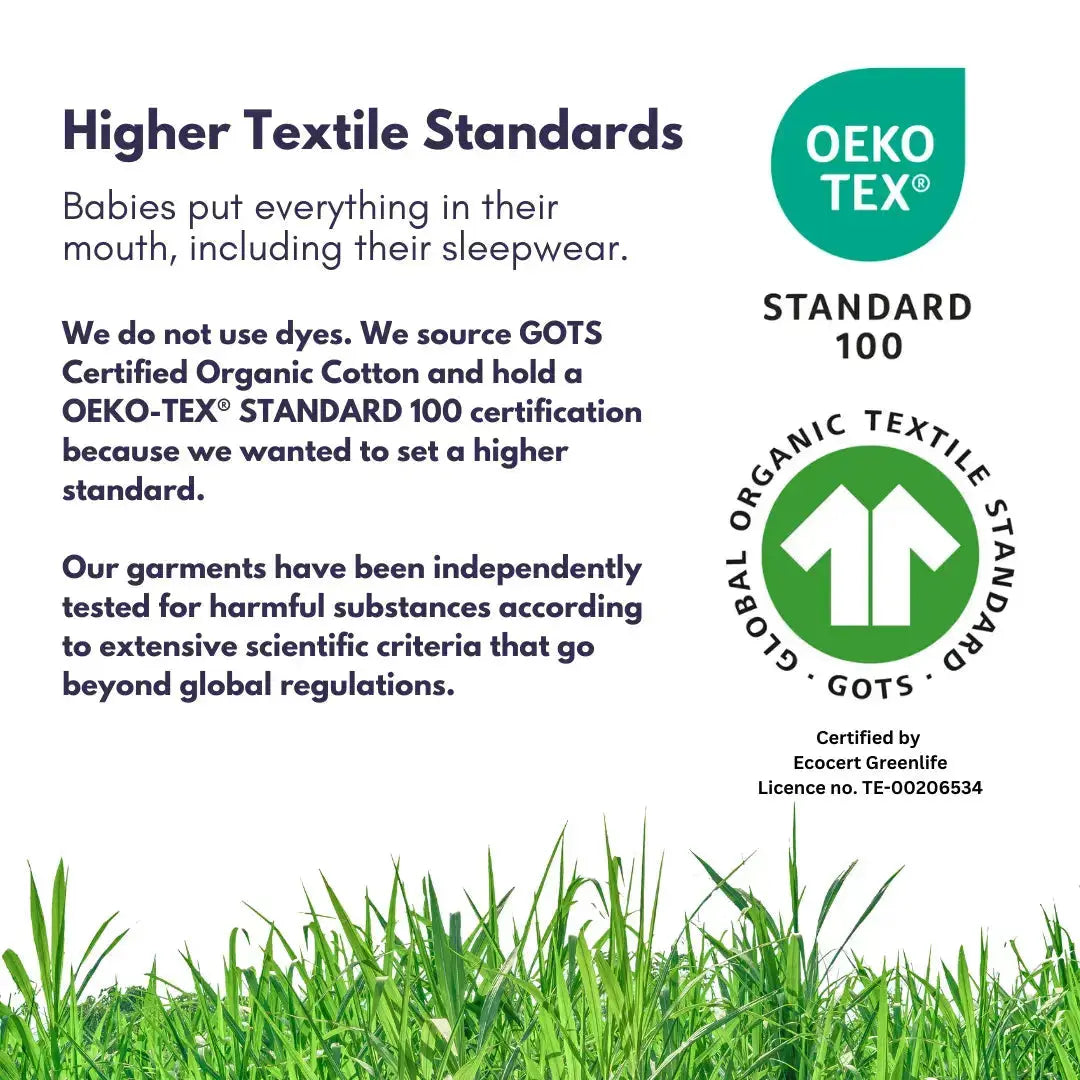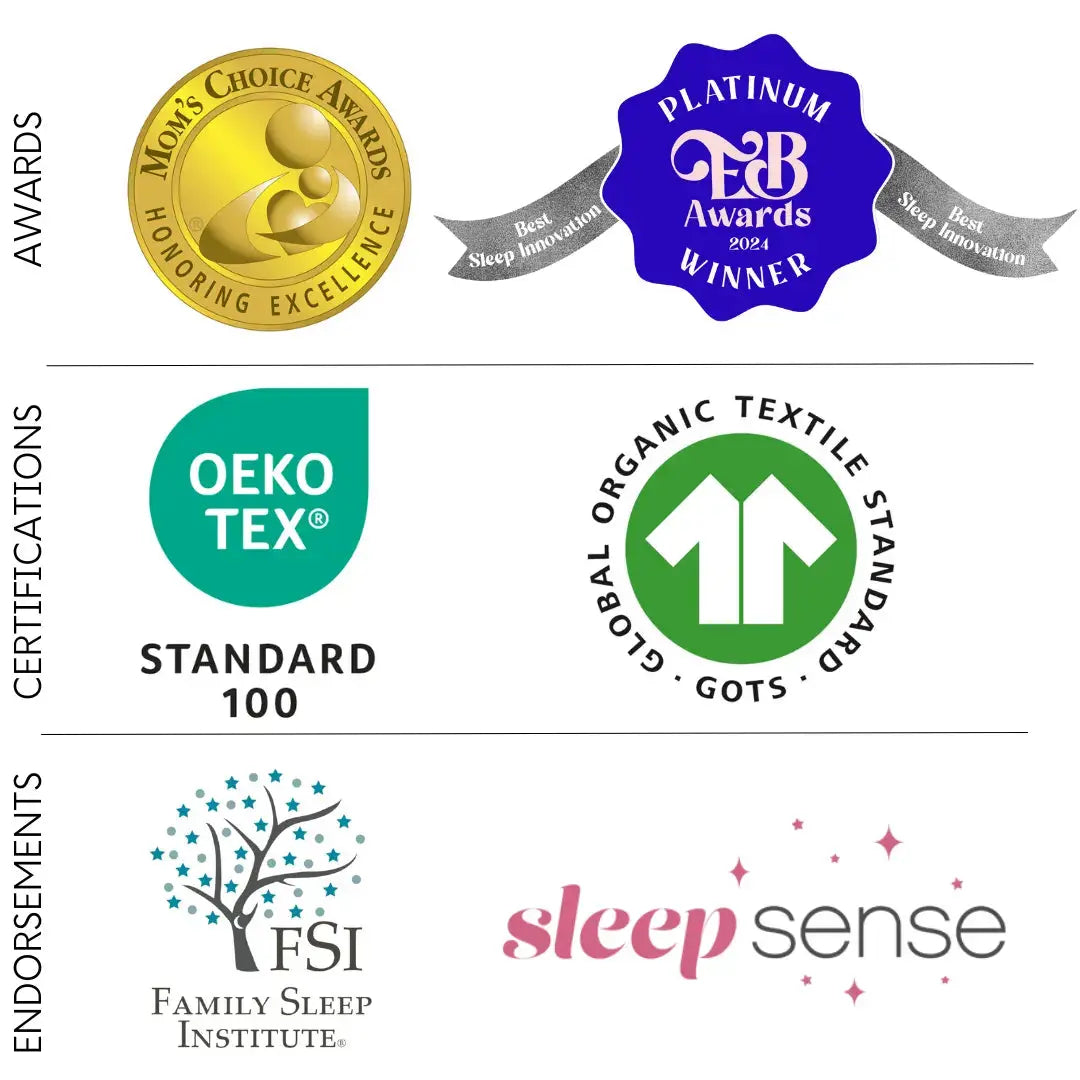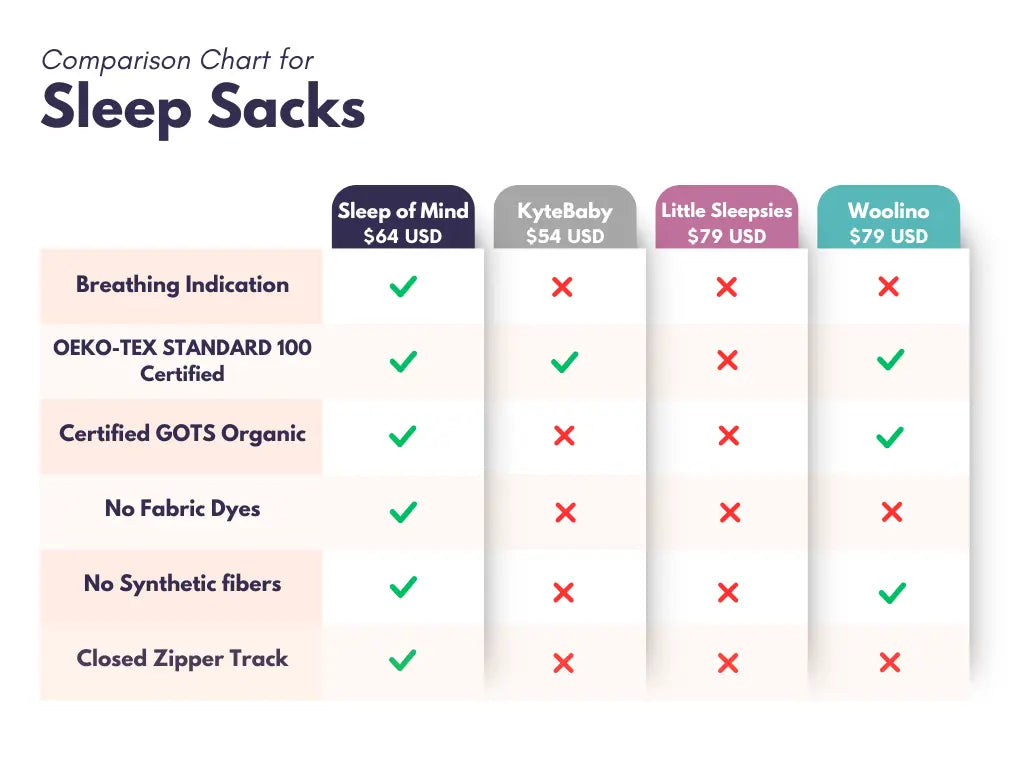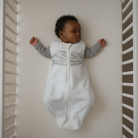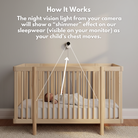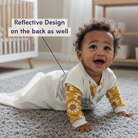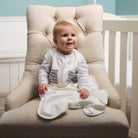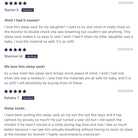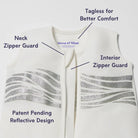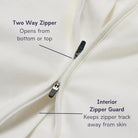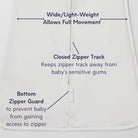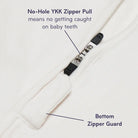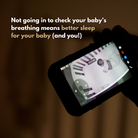As a parent, few things are as alarming as noticing your baby struggling to breathe while asleep. You may have heard of baby sleep apnea, a condition that causes pauses in a baby’s breathing during sleep. Understanding what it is, why it happens, and what you can do about it can help you take the right steps to keep your little one safe and well-rested.
What Is Baby Sleep Apnea?
Infant sleep apnea occurs when a baby’s breathing repeatedly pauses during sleep. These pauses typically last a few seconds but can happen many times throughout the night. There are two main types:

- Obstructive sleep apnea (OSA): Caused by a physical blockage of the airway, often due to soft tissue or muscle relaxation in the throat.
- Central sleep apnea: Occurs when the brain temporarily stops sending the signal to breathe.
While some irregular breathing can be normal for newborns, frequent or long pauses in breathing should always be evaluated by a healthcare professional.
Causes of Sleep Apnea in Babies
Several factors can contribute to sleep apnea in infants, including:
- Premature birth (underdeveloped airways or immature brain signaling)
- Enlarged tonsils or adenoids
- Craniofacial differences affecting the shape of the jaw or airway
- Nasal congestion or allergies
- Gastroesophageal reflux (GERD)
- Neurological or muscular conditions affecting breathing control
Common Symptoms Parents Should Watch For
If you suspect your baby might have sleep apnea, look for the following signs and symptoms:
- Pauses in breathing lasting longer than 10 seconds
- Gasping, choking, or snorting during sleep

- Frequent night waking or restlessness
- Blue or pale skin tone during sleep
- Noisy breathing or snoring
- Excessive sweating while asleep
- Poor feeding or slow weight gain
- Daytime irritability or difficulty staying awake
Even if these symptoms seem mild, it’s always best to discuss them with your pediatrician.
What to Do if You Suspect Baby Sleep Apnea
If you believe your baby may have sleep apnea, start by:
- Documenting what you see: Take notes or short videos of your baby’s breathing patterns to share with your doctor.
- Contacting your pediatrician: They may recommend a referral to a pediatric sleep specialist or order a sleep study to measure breathing, oxygen levels, and sleep stages.
- Reviewing sleep environment and positioning: Always place your baby on their back to sleep on a firm, flat surface free from pillows or soft items, as recommended by the AAP.
Treatment Options for Baby Sleep Apnea
Treatment depends on the underlying cause and severity. Common medical approaches may include:
- Addressing nasal congestion or reflux
- Surgery to remove enlarged tonsils or adenoids (in older infants or toddlers)
- CPAP therapy in more severe or chronic cases
Craniofacial Therapy (CFT) as a Supportive Option

Another gentle and effective approach for some babies is craniofacial therapy (CFT). This specialized form of bodywork focuses on releasing tension and improving the structure and mobility of the head, neck, and jaw, areas that play a major role in airway function.
Tightness in the jaw, palate, or neck muscles can restrict airflow, especially during sleep. A CFT consultation can help identify structural imbalances that may be contributing to your baby’s breathing challenges. Working with a certified craniofacial therapist can promote better airway alignment, feeding, and overall comfort.
How Sleep of Mind Can Help Parents Feel at Ease
At Sleep of Mind, we know that watching your baby breathe is one of the most

reassuring sights for a parent — especially if you’ve ever worried about breathing irregularities or sleep apnea. That’s why our patent-pending sleepwear is designed to help parents easily see their baby’s chest rising and falling through the fabric.
Our breathable, GOTS-certified organic cotton swaddles and sleep sacks help reduce parental anxiety by allowing you to check your baby’s breathing without disturbing their rest. For parents navigating concerns about baby sleep apnea, this added peace of mind can make a world of difference.

"My doctor told me the oxygen monitors aren't always right and in fact, even the ones they used at the hospital show incorrect readings almost 30% of the time. So that's why we got the sleep sack so we could have that added peace of mind every time we turn on the monitor." Alex T.
When to Seek Immediate Medical Help
Call emergency services if your baby:
- Stops breathing for more than 20 seconds
- Turns blue or unresponsive
- Has repeated choking or gasping episodes that don’t resolve quickly
These are medical emergencies that require immediate attention.
Key Takeaway
Baby sleep apnea can be frightening, but early recognition and intervention make a big difference. If you notice unusual breathing patterns or frequent awakenings, reach out to your healthcare provider. With proper evaluation, support, and treatments — including craniofacial therapy when appropriate — most babies go on to breathe and sleep normally.
And for added reassurance while your baby sleeps, explore our breathing reassurance sleepwear, thoughtfully designed to help parents rest easier knowing their little one is breathing comfortably and safely.



